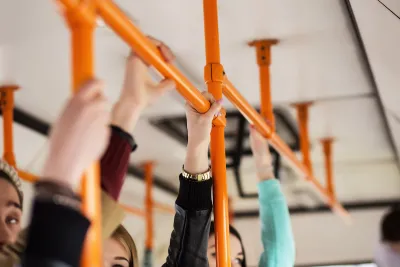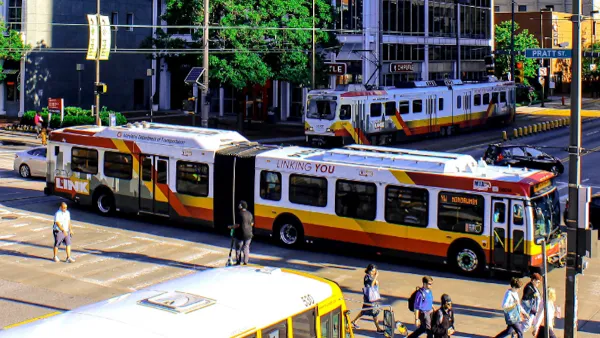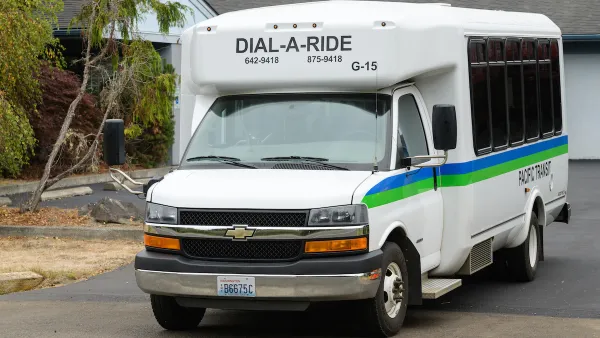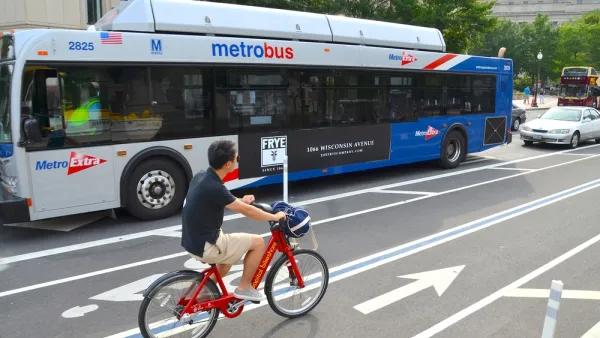Contrary to some arguments, public transit networks with higher government subsidies have higher ridership and more farebox revenue.

New research indicates that publicly subsidized transit systems are more efficient, writes Kea Wilson in Streetsblog USA. Regions with the highest subsidies also generate the most revenue from fares.
In a fascinating recent analysis, researchers found that metro areas that received more government subsidies per capita were more likely to run buses and trains with lots of passengers on board, rather than running inefficient, wasteful routes with just a few heavily subsidized riders per vehicle.
The analysis debunks the common argument that government subsidies fail to improve transit systems. According to the researchers, other studies often fail to account for regional transit networks that utilize more than one agency. “Instead, the new study looks at the simple ratio between how many miles transit passengers in the region collectively travel and how many miles transit vehicles in that region collectively travel, giving a clear, easy-to-understand picture of how crowded (or empty) subsided buses and trains are likely to be.”
The study shows that government subsidies for transit “seem to provide a strong foundation for transit networks to thrive — and ultimately, make significantly more money at the farebox than they would without support.”
FULL STORY: Study: Subsidizing Transit Actually Makes It More Efficient

Analysis: Cybertruck Fatality Rate Far Exceeds That of Ford Pinto
The Tesla Cybertruck was recalled seven times last year.

National Parks Layoffs Will Cause Communities to Lose Billions
Thousands of essential park workers were laid off this week, just before the busy spring break season.

Retro-silient?: America’s First “Eco-burb,” The Woodlands Turns 50
A master-planned community north of Houston offers lessons on green infrastructure and resilient design, but falls short of its founder’s lofty affordability and walkability goals.

Test News Post 1
This is a summary

Analysis: Cybertruck Fatality Rate Far Exceeds That of Ford Pinto
The Tesla Cybertruck was recalled seven times last year.

Test News Headline 46
Test for the image on the front page.
Urban Design for Planners 1: Software Tools
This six-course series explores essential urban design concepts using open source software and equips planners with the tools they need to participate fully in the urban design process.
Planning for Universal Design
Learn the tools for implementing Universal Design in planning regulations.
EMC Planning Group, Inc.
Planetizen
Planetizen
Mpact (formerly Rail~Volution)
Great Falls Development Authority, Inc.
HUDs Office of Policy Development and Research
NYU Wagner Graduate School of Public Service




























